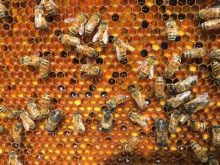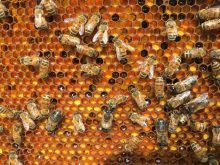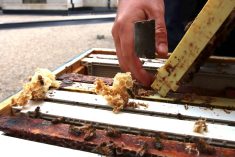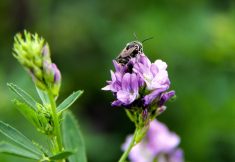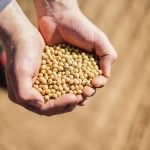Across Ontario’s farm country over the past two years, small patches of fields have been transformed into a mix of flowering plants ideal for attracting bees and other insects and birds, as part of Operation Pollinator.
There’s no confirmation on whether the global agricultural input company that created and supported the project, Syngenta, will continue its funding in future years, but that didn’t stop the partnership behind the Ontario version of Operation Pollinator from celebrating its successes with a tour in early July.
Why it matters: The well-being of pollinators is crucial to various crops. As well, the public perception of agriculture hinges on whether crop protection practices can continue without harming pollinator species.
Read Also
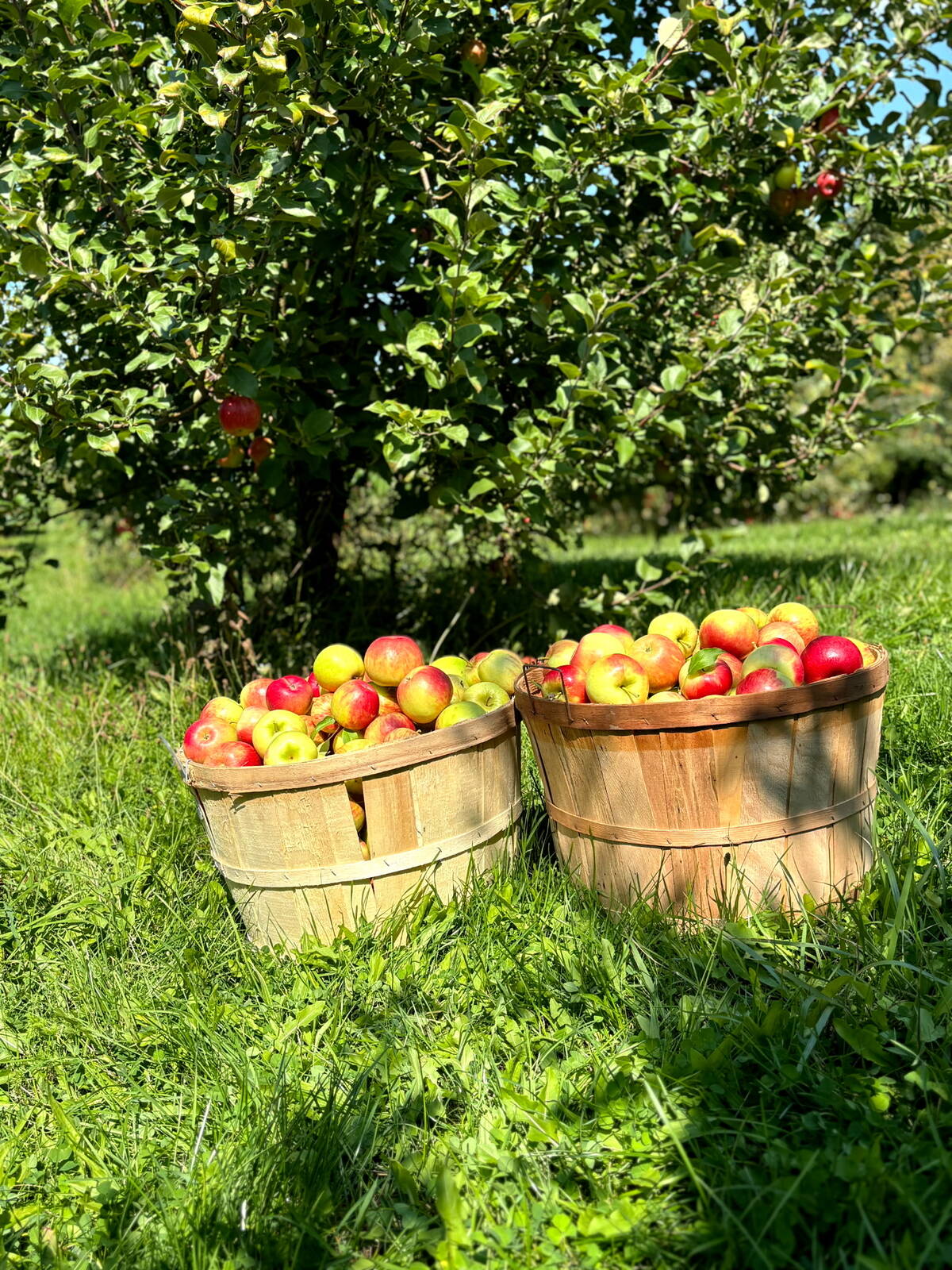
Farmers taking to social media to spread the word about the cost of farm thefts
A rash of farm thefts in Ontario have left farmers looking for new ways to help customers understand the cost of stealing goods.
“If we can do everything we can to keep (bees) foraging and keeping them strong, I think that’s what we need to do,” summed up tour stop host and program participant Marsha Litt.
Litt showed the five honeybee hive boxes she and her family established on the edge of an Operation Pollinator plot now in its second year of establishment on her parents’ farm just north of Ingersoll, the second stop on the July 3 tour.
The first hosts were the Donnelly-Vanderloo family, including daughter Janice and her boyfriend Callum Hanke, living in a home on a Thorndale-area farm owned and operated by her parents Mary and Mike. Mike is chair of the Ontario Bean Growers. Speaking to tour participants, he credited Janice for alerting her parents to the existence of the program and he credited Mary for watching over the plot since it was established in May 2018 by planting a mix of flowering species supplied by Speare Seeds.
“We could have had this manicured,” Donnelly-Vanderloo said of the sliver of land, formerly joined to a larger nearby field, situated between the house and the road.
He said the farm’s previous owner expected they would continue cropping the small strip, but with larger equipment making it difficult to manoeuvre, it made sense to square off the adjoining field. “This could have all been cut grass. And, a lot of times, that’s exactly what happens.”
Instead, they signed up for Operation Pollinator — proof that “old dogs can learn new tricks,” joked Donnelly-Vanderloo.
Paul Hoekstra, senior stewardship and policy manager for Syngenta Canada, told tour participants the 2018 edition of the seed mix was based on research undertaken at Dalhousie University in Halifax, in partnership with eastern Canadian blueberry growers.
Bringing in domesticated pollinators on a temporary basis is a major expense for many blueberry growers and Syngenta supported the research aimed at determining how to encourage wild pollinators to inhabit areas close to blueberry fields as a way of decreasing those costs.
Globally, Operation Pollinator began 14 years ago in the United Kingdom. The first Canadian edition, on the Prairies, began about seven years ago before it expanded into Ontario and Quebec in 2017. A spin-off program also supported by Syngenta has been working with about 70 golf courses across Canada.

Donnelly-Vanderloo said there’s potential for some of the dominant species in the 2018 seed mix, such as red clover, to take over most or all of the plot if not controlled in some way. He’s not concerned, though, because he believes some hands-on work by his family to promote some species and discourage some others has been effective.
About 30 farmers in this province were selected for the 2018 edition of Operation Pollinator, which is administered in Ontario by the Ontario Soil and Crop Improvement Association. All those farmers planted their plots in the spring of 2018.
An additional 20 farmers were selected for the 2019 edition. And, according to Hoekstra, the seed mix for 2019, during which some plots were established in the spring but most will be planted in the fall, was altered in keeping with input like that provided by Donnelly-Vanderloo. This year, he explained, a seed mix created with assistance by the St. Williams Nursery and Ecology Centre includes numerous native wildflowers that weren’t present in the 2018 mix.
Ducks Unlimited and the Soil Conservation Council of Canada are also partners in the program, a level of stakeholder involvement that Hoekstra said Syngenta was aiming for when it established the Canadian version of Operation Pollinator.
“We went into this program thinking, ‘we don’t have all the answers’,” he said, adding the goal was to “help deliver bee-friendly habitats to farmers.”
Donnelly-Vanderloo plans to leave a few of the Canada thistles present in the patch because they have big, beautiful flowers. Curled dock and Canada fleabane, by contrast, are potentially troublesome plants for which he’ll show much less mercy.
“A weed is really only a plant that’s growing where you don’t want it,” he said.
Perhaps not surprisingly, a neighbour, after noticing last spring that something different was underway in the farm’s front corner, commented this spring that “it’s too bad you let it go to weeds.”
Donnelly-Vanderloo said the challenge — given that the Operation Pollinator plot is in a highly visible location — “is to turn this into a thing of beauty” as a means of potentially opening up a conversation with fellow farmers.
“I really do think this project has tremendous merit in terms of reaching out to other farmers about how they think about biodiversity.”
The third host on the Operation Pollinator tour was Posslea Holsteins of Norfolk County. Their plot, also established in the spring of 2018, occupies an irregularly shaped, two-acre field formerly used as a cow pasture.




